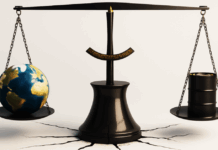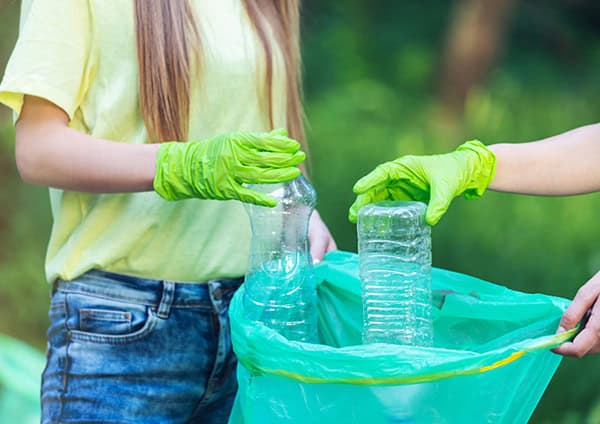Plastics are ubiquitous in our modern world, and they are used in a wide variety of applications. One area where plastics have proven especially valuable is in rigid packaging.
Rigid plastic packaging include items such as bottles used for beverages, dairy products, domestic cleaning agents and personal care products. Plastic tubs are used as containers for margarine, cottage cheese, spreads, ice-cream, yogurt, store-packaged salads and desserts. Plastic food trays come in even more varieties and formats – including those with loose or attached lids, wrapped in stretch films, sealed with barrier films and some even come sealed in their own bags.
Cosmetics are packaged in the most beautiful rigid packaging in the form of jars, whilst retailers use crates and pallets to transport products to the store or to display some of the products in store.
The huge amounts of industrial packaging used in industry, however, are hidden from the typical consumer. Custom-made pallets and boxes are used by component manufacturers to transport finished and semi-finished components from one location to another. After transporting liquids and dry powdered commodities in bulk, large second-hand intermediate bulk containers are utilized for water storage. Smaller barrels are used for transporting chemicals, lubricants, and foodstuffs. And we haven’t even gotten to buckets yet. Small ones are used for yogurt and soups, larger ones for detergent and freshly baked cookies, and huge ones for paint, some square and others circular.
Rigid plastic packaging has several advantages, including reduced food waste and spoilage, as well as being lighter and more environmentally friendly than other packaging materials. It is stronger, seals better, and protects better, saving money for both consumers and companies.
According to Annabe Pretorius, Executive: Technical Operations at Plastics SA, this is especially significant in the current climate, where food waste is an increasing concern.
“When transporting and storing fragile goods like glass or ceramics products and electronics, custom-made plastic pallets (called dunnage) and crates keep them from being damaged during shipping or handling. Another advantage is that it has a reduced carbon footprint when compared to alternative packaging materials. This is owing to the fact that plastic is lighter than glass or metal, requiring less energy to transport. It also requires less energy in the production process because it melts/softens at lower temperatures than glass and metal. In fact, a recent study discovered that replacing glass bottles with plastic bottles might cut a product’s carbon impact by up to 40%. As a result, rigid plastic packaging is a more sustainable option for both manufacturers and consumers,” she explains.
Another issue that Annabe is passionate about is the fact that rigid plastic packaging can be manufactured by a large number of local converters using locally produced polymers, thereby retaining jobs, money, and skills in the country.
“Rigid plastic packaging is frequently repurposed and in high demand among recyclers. Because of their size and rigidity, they are easy to recognize and retrieve from the landfill stream – making them popular for recycling by waste reclaimers, collectors, and recyclers. This is an important aspect of sustainability because it allows for the conservation of natural resources and waste reduction,” Annabe says.
When rigid plastic packaging is recycled, it can be utilized to make a wide range of new items, including furniture, clothing, and even new packaging. As society strives to lessen its environmental impact, this circular approach to production is becoming increasingly significant.
Of course, it is necessary to acknowledge the challenges associated with plastics, such as concerns about their contribution to pollution and the possibility of them entering the food chain once broken down into little micro particles. Annabe stresses that it is vital to consider the entire value chain of our plastics and packaging.
“Packaging must be designed with its end-of-life in mind. Can the contents be re-used for the same purpose or repurposed after they have been consumed? If this is not the case, how can we ensure that it reaches the recycling value chain? The new EPR laws include a method for collecting and recycling end-of-life packaging. All stakeholders must be aware of their actions and collaborate to ensure a circular economy for plastics that will benefit ourselves and generations to come,” Annabe says.
For more information, visit www.plasticsinfo.co.za















